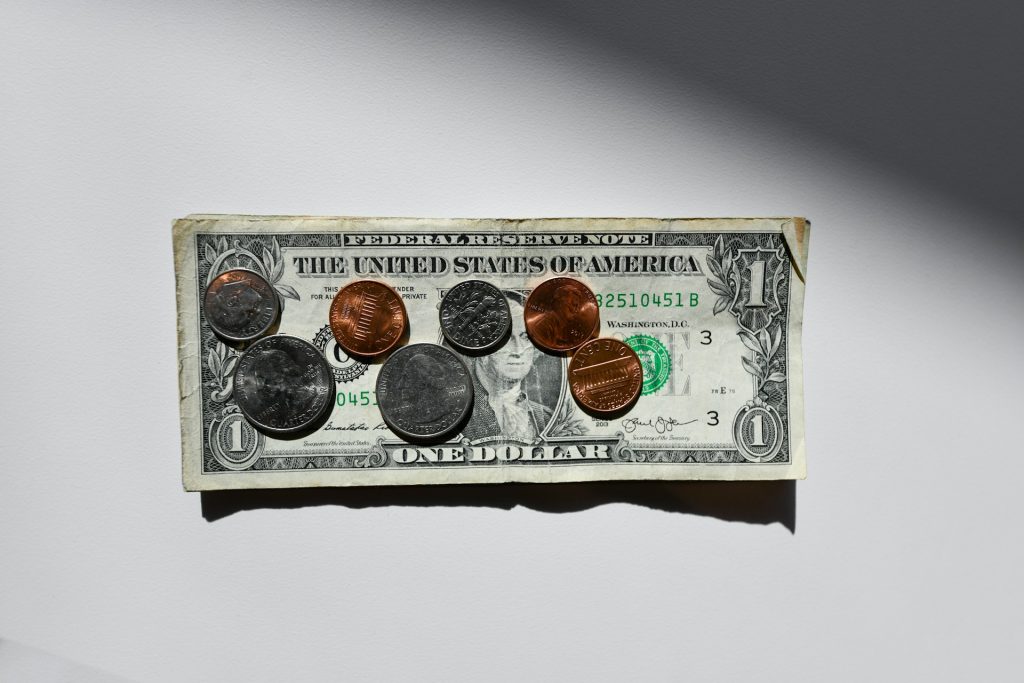
Budgeting apps are everywhere. They promise to help you save money, track spending, and reach your financial goals. But have you ever wondered if these apps are really on your side? Some people say budgeting apps might actually make it easier to spend more, not less. If you’ve ever felt like your budget app is nudging you toward purchases or subscriptions, you’re not alone. This matters because the wrong app can hurt your finances instead of helping. Here’s what you need to know about how budgeting apps might push you into debt—and what you can do about it.
1. The Freemium Trap
Many budgeting apps are free to download, but the best features cost money. You start with the free version, but soon you hit a wall. Want to track more accounts? That’s a paid feature. Need to set up custom categories? Pay up. These small charges add up fast. Before you know it, you’re paying $5, $10, or even $20 a month just to use an app that was supposed to help you save. If you’re not careful, these subscriptions can quietly drain your bank account. Always check what’s included for free and what costs extra. If you’re paying for a budgeting app, make sure it’s actually helping you save more than you spend on it.
2. In-App Ads and Upsells
Budgeting apps need to make money. If you’re not paying for the app, you’re the product. Many free apps display ads or prompt you to purchase additional features. Some even promote credit cards, loans, or investment products. These offers can be tempting, especially if you’re already worried about money. But taking out a new credit card or loan just because your app suggests it can lead to more debt. Ads and upsells are designed to capture your attention and encourage spending. Stay alert. If you see a lot of ads for financial products, remember that the app is making money from your clicks, not your savings.
3. Overly Optimistic Budgets
Some budgeting apps set unrealistic goals. They might suggest you can save $500 a month when you’ve never saved more than $50. Or they might set spending limits that are too tight. When you can’t stick to these goals, you feel like you’ve failed. This can lead to frustration and even more spending. You might give up on budgeting altogether. A good budget should fit your real life, not some perfect version of it. If your app keeps pushing you to do more than you can handle, it’s not helping. Adjust your goals to match your actual income and expenses.
4. Encouraging “Safe” Spending
Some apps use green lights, check marks, or happy faces to show you’re “on track.” This can make you feel like you have money to spend, even if you’re just barely staying within your budget. It’s easy to see a green light and think, “I can afford that coffee or new shirt.” But these signals can be misleading. Just because you’re under budget today doesn’t mean you should spend more. Over time, these little extras add up. Apps that reward you for “safe” spending can make it easier to justify purchases you don’t need.
5. Data Sharing and Targeted Offers
Budgeting apps collect a lot of data about your spending habits. Some apps share this data with third parties or use it to target you with offers. For example, if your app sees you spend a lot on groceries, you might get ads for grocery delivery services or credit cards with grocery rewards. This can lead to more spending, not less. Your personal data is valuable. If your app is using it to sell you things, it’s not really helping you budget. Check the app’s privacy policy and see who gets access to your information.
6. Subscription Overload
It’s easy to lose track of all the subscriptions you sign up for, especially if you use multiple budgeting apps or add-ons. Some apps even encourage you to subscribe to partner services, like credit monitoring or investment tools. Each subscription might seem small, but together they can eat up a big chunk of your budget. If you’re not careful, you could end up spending more on subscriptions than you save by using the app. Review your subscriptions regularly. Cancel anything you don’t use or need.
7. Gamification and Spending Triggers
Many budgeting apps use gamification—badges, streaks, and rewards—to keep you engaged. This can be fun, but it can also backfire. If you miss a streak or fail to hit a goal, you might feel discouraged and spend more to “make up for it.” Some apps even reward you for spending within certain categories, which can make you spend just to earn a badge. Gamification is a powerful tool, but it can push you to focus on the wrong things. Remember, the goal is to manage your money, not to win a game.
8. Lack of Personalization
Not all budgeting apps are built for your unique situation. Some use generic categories or advice that doesn’t fit your life. If you have irregular income, unusual expenses, or specific financial goals, a one-size-fits-all app can leave you frustrated. You might end up ignoring the app or making bad decisions because the advice doesn’t match your needs. Look for apps that let you customize categories, set your own goals, and adjust for changes in your life.
9. Encouraging Short-Term Thinking
Some budgeting apps focus on daily or weekly spending, but ignore long-term goals. This can make it hard to plan for big expenses, like a vacation or a new car. If you only look at your budget one week at a time, you might miss the bigger picture. This short-term focus can lead to overspending and more debt. Make sure your app helps you plan for both today and tomorrow. Set aside money for future goals, not just immediate needs.
10. False Sense of Security
Using a budgeting app can make you feel like you’re in control, even if you’re not. Just tracking your spending isn’t enough. You need to act on what you see. If you rely too much on the app, you might ignore warning signs or avoid tough decisions. Don’t let the app do all the work. Use it as a tool, not a crutch. Stay involved in your finances and make changes when you need to.
Rethinking Your Relationship with Budgeting Apps
Budgeting apps can help you manage your money, but they’re not perfect. Some features can push you toward debt instead of away from it. The key is to use these tools with your eyes open. Check for hidden fees, watch out for ads, and make sure the app fits your real life. Stay in control of your data and your decisions. A budgeting app should work for you—not the other way around.
Have you ever felt like a budgeting app made it harder to save? Share your story or tips in the comments.
Read More
Who’s Watching Your Financial Apps Without You Knowing It?
6 Apps That Secretly Share Your Location (and How to Disable Them)
The post Are Budgeting Apps Designed to Push You Into Debt? appeared first on The Free Financial Advisor.







